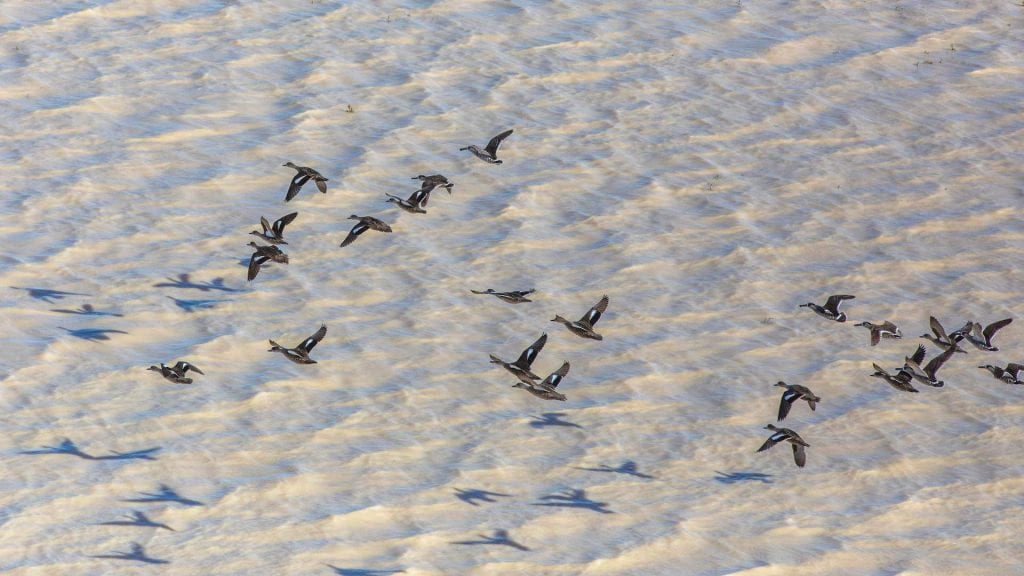Protected Magazine
From the President – Winter 2021
Welcome to the Winter edition of Protected. There has been a constant trickle of disappointing and negative news regarding nature and our national parks in the news of late, particularly the continual loss of species, ongoing challenge of managing weeds and feral pests and inadequate funding to address these issues.
However, I’d like to focus on a more positive message through highlighting a number of developments in other States over the past few months.The strategic investment in new parks and protected areas is encouraging and sends a strong message that even in challenging times where there are many worthwhile initiatives competing for funding, enabling the protection of nature is a fundamental investment in our future.
As a summary – the WA government is committed to substantially expand the protected area estate by around 5 million hectares over the next five years – an increase of 20%. New parks are located along the coastline as well as inland areas, and cover the latitudinal range of the state – from The Kimberley to south of Perth. They will protect significant (but currently under-protected) habitat of wetlands, marine areas including fringing reefs and inter-tidal areas, inlets and mountainous and river systems. Co-management with Traditional Owners is fundamental to this plan.
A 660,000 hectare marine park has been proposed for the Buccaneer Archipelago and Dampier Peninsula, along WA’s northern coast. This park is internationally significant given its scale and intact, diverse ecosystems.
NSW is also clocking up some worthwhile achievements. A large inland cattle station of 154,000 hectares has just become the largest block of private land bought for a national park in the state’s history. With nearby Sturt National Park, Narriearra will create a conservation area of close to half a million hectares, or twice the size of the Australian Capital Territory. The Bulloo River creates an expansive floodplain and wetlands that attract tens of thousands of water birds during inland flooding. The property is also home to Indigenous artefacts, tools and stone arrangements. Explorers Burke and Wills traversed it in 1860, with an engraved post marking one of the ill-fated expedition’s two camp sites.
June also saw the purchase of two further cattle stations in the far west of NSW totalling 60,000 hectares. They represent significant ecosystems and biodiversity in the outback, and provide further reasons for people to venture out and explore the natural wonders of this area.
In all of the above, the substantial opportunities for Indigenous employment, and dollars from ecotourism flowing to regional communities is a significant flow-on benefit.
On a related but different note, NSW has just announced their National Parks and Wildlife Service has funded 160 temporary new jobs across the State’s 900 national parks. The jobs are temporary – but it’s a first step toward better maintenance and management of protected areas.
When will we be able to acknowledge similar, substantive additions to our national parks and their improved management in QLD? Other states are undertaking serious investment – I look forward with anticipation to commending such achievements in Queensland.


